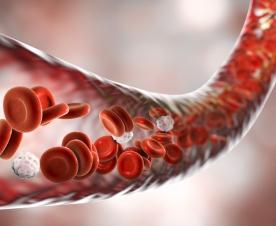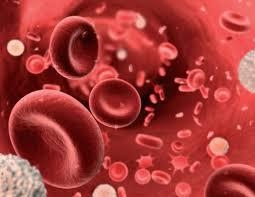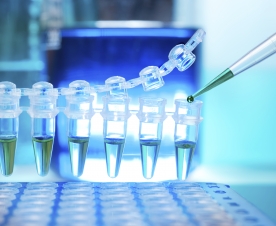 Reviews and articles
Reviews and articles A few interesting facts about coagulation analysis
Today, there is a large variety of systems for the study of hemostasis:
- mechanical,
- electrochemical,
- photo-optical.
The first semi-automated coagulometers were mechanical systems operating on the viscometric principle of measurement - the stop of the ball movement fixes the clot formation. The system cannot have the maximum accuracy due to technical reasons – the duration of test sample coagulation takes the time from the moment of anticoagulant injection into the sample and the pressure of the "Start" button and until the ball stops. On the one hand, the viscometric principle allowed to automating the study process, and on the other hand - the accuracy in determining of low concentrations is small and it is difficult to determine the first seconds of the clot formation. That is why, from time to time ball needs to be recharged, and also that the balls do not rust, they are covered with oil, otherwise, it can significantly effect on the test results.
Electrochemical systems are the most specific and used extremely rarely. These systems are to work at the patient's bed and have the iSTAT POC function. For thrombin, a synthetic substrate is used, and when thrombin splits the substrate, an electrically charged molecule is released. The determination is carried out by the current flow (amperometrically). Electrochemical systems are not popular in state laboratories.
The most optimal systems for operation are optical coagulometers, which allow obtaining values that are more precise during measuring of low values of clotting, to eliminate contamination of samples by other substances and reduce the volume of sample compared with mechanical coagulometers, which is very important for pediatrics. Optical coagulometers have an auto-start function, are ergonomic and easy to operate.
Photo-optical coagulometers of the European manufacturer Diagon
On the Ukrainian market are photo-optical coagulometers of the European manufacturer Diagon, which includes both small semi-automatic two-channel systems and large automated systems that allow simultaneous loading of more than 100 patients.
A significant advantage of Diagon coagulometers is automatic calibration in case of the use of original manufacturer reagents, as well as a separate extended menu for monitoring the quality control of daily research. For urgent laboratories the STAT function will be useful - an urgent research of the selected patients. The systems combine three principles of measurement:
- chromogenic,
- clotting,
- immunoturbidimetric,
which allowed expanding the test menu. The volume of the reaction mixture for these systems is 150-300 μl, which allows economically use reagents.
For the accurate analysis of coagulation, it is necessary to exclude errors of the preanalytical phase, since in 60% of cases the preanalytical phase becomes the cause of non-existent values. The CLSI H21-A5 protocol, which describes the key points of the preanalytics, is useful for laboratories. In this European protocol are taken into account such variables as:
- patient,
- technology of blood collection,
- anticoagulants and test tubes,
- centrifugation,
- sample processing and plasma separation,
- sample storage,
- transport and interfering substances.
The most common mistake is to use an incorrect anticoagulant concentration. At present, on the market are test tubes which contain 3,2% and 3,8% of Na-citrate. The use of less concentrated Na-citrate is correct, since such tubes are less sensitive to inappropriate volume of blood in the test tube. The minimum volume of blood collection is 90% of the standard, because this content guarantees the stability and accuracy of the results.
For evaluation of the hemostasis system, is recommended to store specimens no longer than 4 hours until use at room temperature (to 23°C), and also they can be stored at 2-8°C (except factor VII - there is a cold activation). In no case, place samples on ice, which is an outdated technique for prolonging storage of samples. In addition, plasma transportation is not recommended, since coagulogram indicators are very sensitive. Centrifugation is required before transportation.





